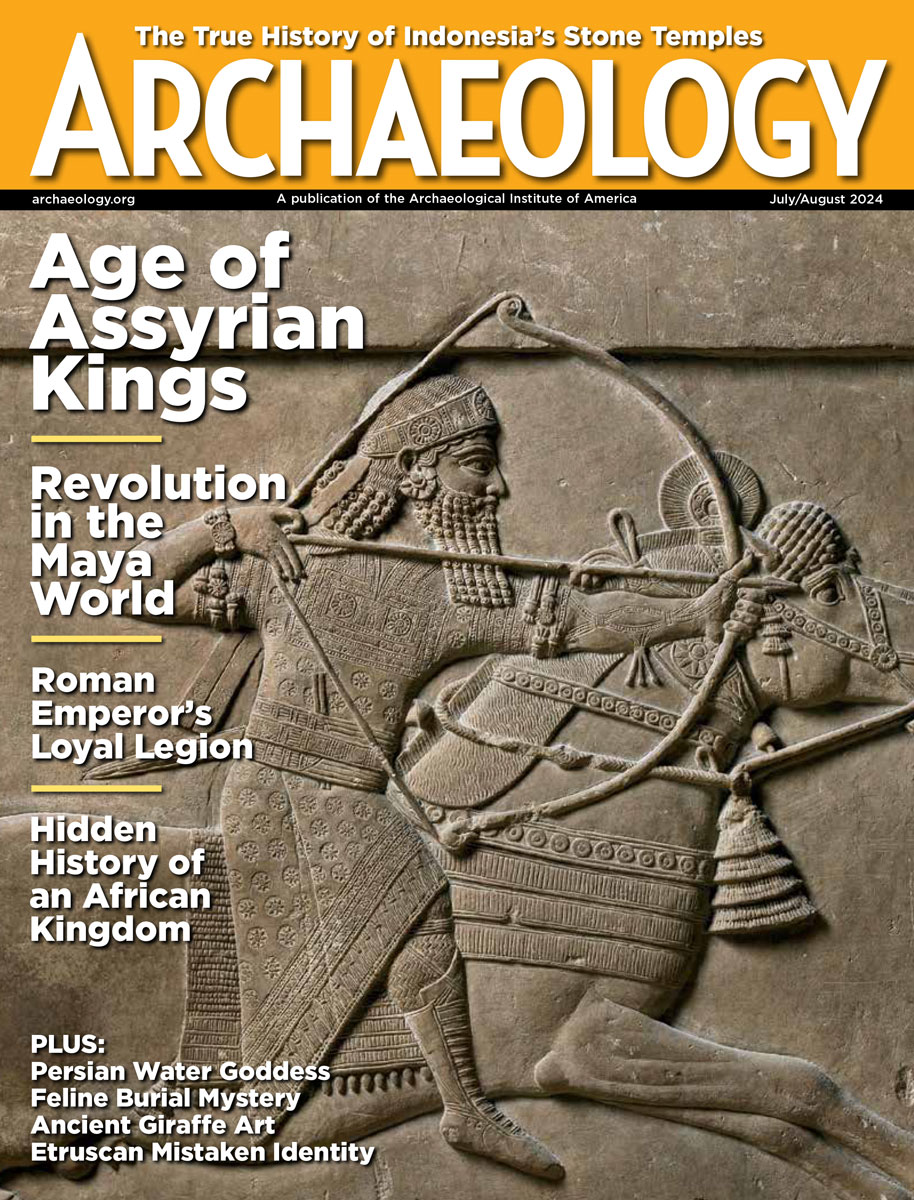Wednesday, December 10
December 10, 2008
New research on 40,000-year-old fossils from the Sima de la Palomas, Spain, shows that they were clearly Neandertals. These “last Neanderthals” were not swept away by modern humans, but they did exhibit some modern human features.
Archaeologist Gertrude Bell was instrumental in creating a pro-British government in Iraq in 1917. BBC News remembers her as the British prepare to withdraw troops from Iraq once again. Â
Huge T-shaped stones have been uncovered in Turkey at Gobekli Tepe, which could date to 9500 B.C. Now archaeologists are asking which came first, monumental building projects or farming? “The intense cultivation of wild wheat may have first occurred to supply sufficient food to the hunter-gatherers who quarried 7-ton blocks of limestone with flint flakes,” writes Stephen Mithen of the University of Reading. Â
Volunteers and archaeologists want to know if a wreck on Florida’s Crescent Lake is the Alligator, which sank 99 years ago. The steamboat carried cargo, tourists, and early archaeologists to sites in northeast Florida. Â
Here’s more information from National Geographic News on the artifacts found at El Chorro de Maita, home to Cuba’s Arawakan Indians, and the study of documents created by the first Spanish colonizers. Â
Italian archaeologists working in the Palestinian town of Magdala say they have found sealed jars of ointment dating to the first century A.D. The excavators, who are Franciscans, have linked the discovery to Christian scripture. “We think these are balms and perfumes and if chemical analysis confirms this, they could be similar to those used by Mary Magdalene in the Gospels to anoint the feet of Christ,” said Father Stefano De Luca, who heads the project. Â
A first-century Roman temple, bath, and villa have been unearthed in Nottingham, England. The temple was made of large, smooth sandstone blocks.
- Comments Off on Wednesday, December 10









